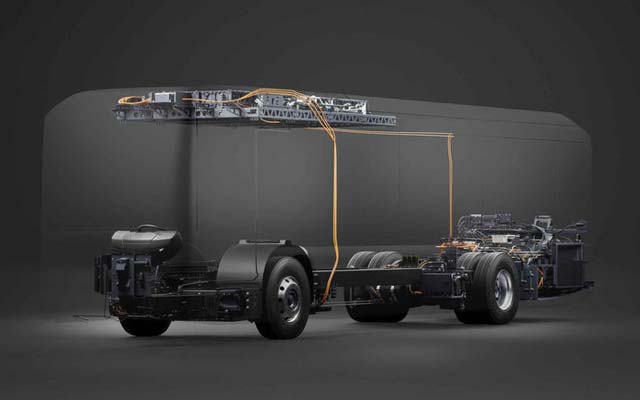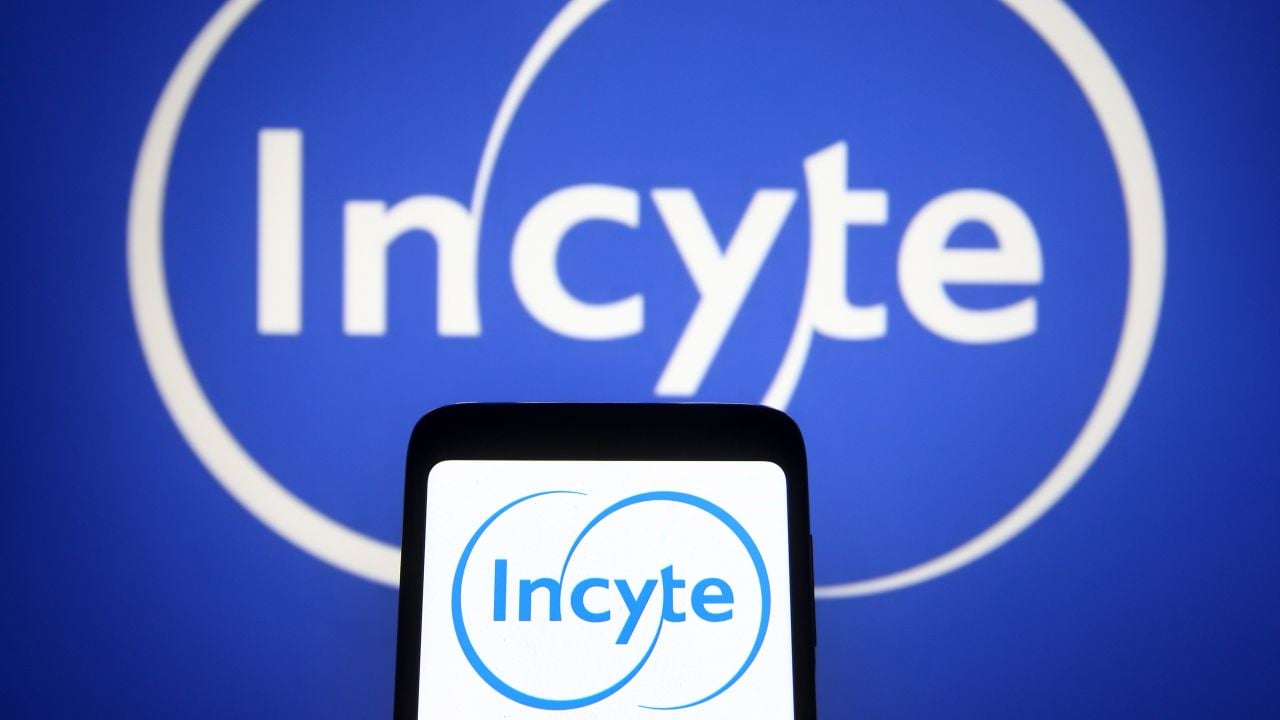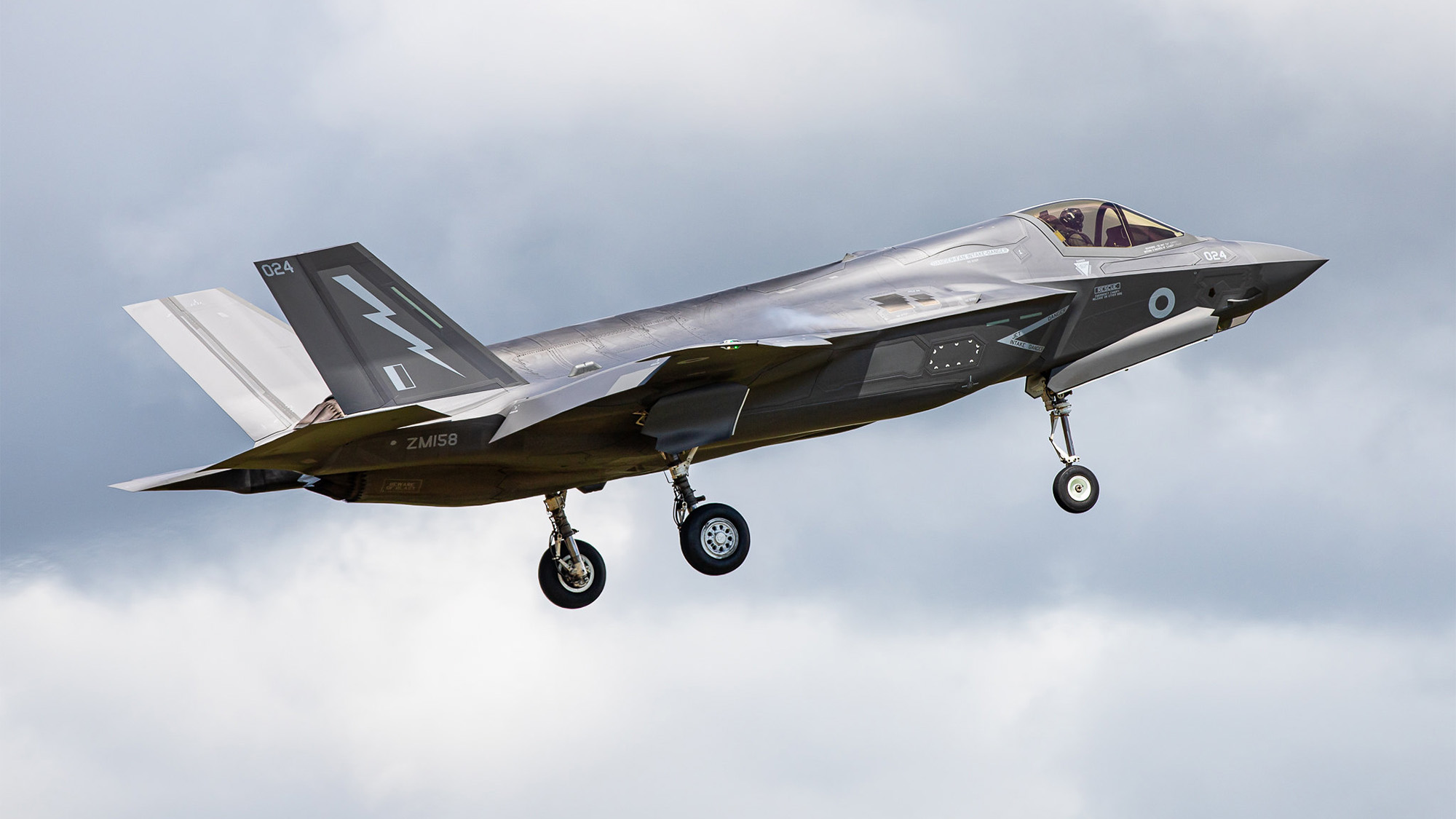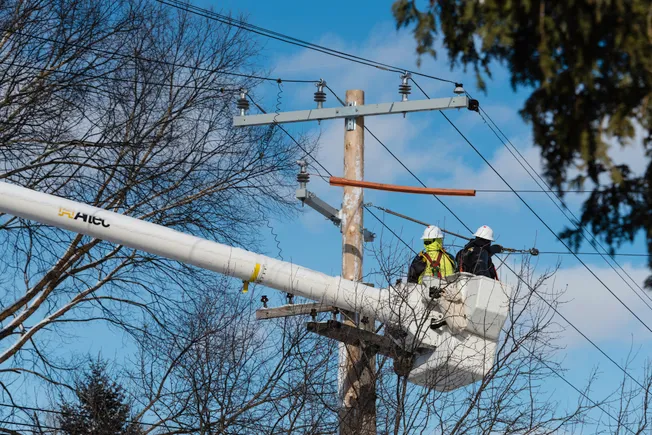Navy’s 2026 shipbuilding budget seeks just 3 warships in base request, 16 in reconciliation
The heavy reliance on reconciliation to fund staple shipbuilding programs has rubbed both senior Republican and Democratic lawmakers the wrong way.


Abraham Lincoln Carrier Strike Group and Cavour Carrier Strike Group sail in formation. The United States Navy and the Italian Navy held the first-ever bilateral Multi-Large Deck Event (MLDE) in the Indo-Pacific. (US Navy photo by Mass Communication Specialist Seaman Apprentice Daniel Kimmelman)
WASHINGTON — The Navy’s fiscal 2026 shipbuilding budget request includes just three battle force ships in the base budget, while relying on Congress’s anticipated reconciliation bill to fund an additional 16 vessels.
Elements of the Pentagon’s budget request have been revealed piecemeal this year due to lawmakers commencing their annual oversight hearings ahead of the administration’s public rollout. The Navy on Wednesday began publishing documents outlining its request, including a breakdown of battle force and auxiliary ships included in the shipbuilding account.
The documents published indicate the service’s base budget request seeks one Columbia-class submarine, one Virginia-class submarine and one ocean surveillance ship. Meanwhile, the expected ships through reconciliation include one Virginia-class submarine, two Arleigh Burke-class destroyers, one America-class amphib, one San Antonio-class amphib, nine Medium Landing Ships and two fleet replenishment oilers.
Noticeably missing are any Constellation-class frigates. A senior Navy official told reporters today that a decision to continue that program is pending with the administration. The official also said the service does not plan to release a version of its annual long-term shipbuilding plan this year.
The total shipbuilding base budget in this year’s request is $20.8 billion, while the reconciliation bill is expected to add $26.5 billion for a total of $47.4 billion.
The deep reliance on reconciliation, a one-time congressional payout, has already rubbed a bipartisan group of lawmakers the wrong way, including Chairman of the Senate Armed Services Committee Roger Wicker, R-Miss., known for being both a Trump ally and proponent of increased Navy shipbuilding.
RELATED: Senior GOP senator accuses White House of trying to ‘game the budget’ in shipbuilding funding
“This shortfall reflects efforts to game the budget in anticipation of congressional reconciliation funds, which were intended as supplemental, not a substitute,” he said during a June 10 hearing with Navy and Marine Corps leadership.
Adding to the complications of the shipbuilding request is uncertainty of when the Pentagon will execute the contracts for the vessels in the reconciliation bill. Traditionally, the base budget mandates the Defense Department uses that funding in its intended year, unless explicitly excluded.
The rules for reconciliation are not as stringent and give the administration several years to use the funding. That is a problem for shipbuilders who rely on a consistent stream of work to avoid laying off and rehiring their workforce year-over-year.
When asked about particular programs, Navy Secretary John Phelan has repeatedly stated that he is “not worried” about the demand signal to industry given the number of vessels the service wants to build in the coming years.
“I have more ships than our shipyards can handle for the next 10 years, whether it’s a destroyer, whether it’s a tanker, whether it’s an oiler, whether it’s a submarine. So, I am not worried about the demand signal we have,” he told House lawmakers in a June 11 hearing.
Separate from the shipbuilding account, the Navy’s request also includes $2.5 billion in investment for the submarine industrial base; $2.5 billion for “shipbuilder wage & productivity enhancements” and $2.7 billion for the Shipyard Infrastructure Optimization Program.
Valerie Insinna and Ashley Roque contributed to this report.
















































































































































